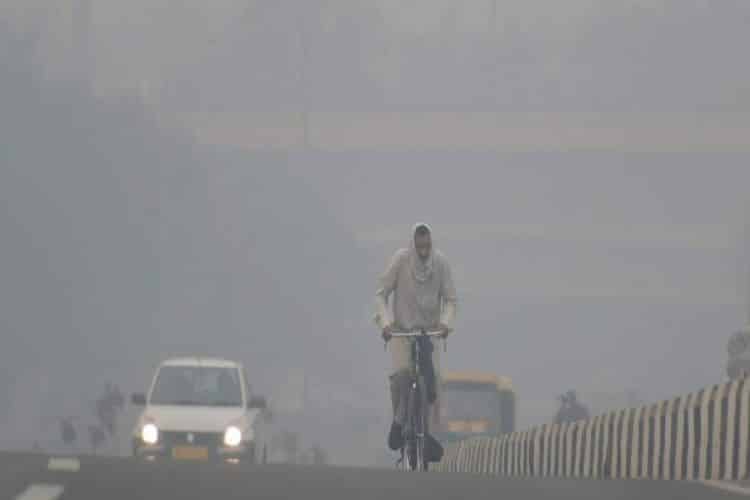Tackling Dust Pollution in Delhi NCR

Dust pollution from construction and demolition (C&D) activities has emerged as a significant contributor to air pollution in the Delhi National Capital Region (NCR). The government has recognized this pressing issue and implemented a series of regulations aimed at mitigating the environmental impact of these activities. These regulations are designed to ensure that construction projects adhere to strict guidelines to minimize dust emissions and protect public health.
Regulatory Framework for Dust Mitigation
In response to the growing concern over air quality, the Government of India has established several regulations. The “Construction and Demolition Waste Management Rules, 2016,” notified on March 29, 2016, set the groundwork for managing waste generated from construction activities. These rules emphasize the need for proper disposal and recycling of C&D waste to reduce environmental harm.
Additionally, the “Environment (Protection) Amendment Rules, 2018,” introduced on January 25, 2018, further strengthened these regulations. They mandate the implementation of dust mitigation measures for all construction projects requiring environmental clearance. This includes guidelines for managing dust emissions during construction and demolition activities.
The Central Pollution Control Board (CPCB) has also developed comprehensive guidelines to assist construction agencies in adhering to these regulations. These guidelines cover various aspects, including the management of C&D waste and the use of anti-smog guns at construction sites. The CPCB’s efforts aim to create a standardized approach to dust control across the NCR.
Implementation of Dust Control Measures
To effectively combat dust pollution, the Commission for Air Quality Management (CAQM) has issued statutory directions aimed at controlling air pollution from C&D activities. These directions include a range of dust control measures, such as the installation of air quality monitoring sensors at project sites and the use of dust suppressants.
Moreover, the CAQM has mandated the establishment of a “Dust Control and Management Cell” by road-owning and construction agencies. This cell is responsible for monitoring compliance with dust control measures and ensuring effective implementation across the region.
An online monitoring mechanism has also been introduced to track compliance with dust mitigation measures. This web portal requires all project sites with a plot area greater than 500 square meters to register and submit periodic self-audits. The portal provides a standardized checklist for mitigation measures, facilitating better oversight and accountability.
Enforcement and Compliance Monitoring
The CAQM has taken significant steps to enforce compliance with dust mitigation regulations. It has established 40 Flying Squads to conduct incognito checks on construction sites, identifying serious violations of statutory directions. These teams recommend appropriate actions based on their findings, ensuring that non-compliance is addressed promptly.
In addition to the Flying Squads, the CAQM has formed an Enforcement Task Force (ETF) to oversee the implementation of statutory directions. The ETF reviews inspection reports and monitors compliance with environmental statutes. Regular inspections by the State Pollution Control Boards (SPCBs) and the Delhi Pollution Control Committee (DPCC) further enhance the enforcement of dust control measures.
From January to September 2024, a significant number of construction sites were inspected, revealing a proactive approach to ensuring compliance. The CAQM has also imposed penalties for violations, including substantial environmental compensation for non-compliant projects. This rigorous enforcement framework aims to foster accountability among construction agencies and promote adherence to dust mitigation measures.
A Collective Effort for Cleaner Air
The fight against dust pollution in Delhi NCR requires a collective effort from government agencies, construction companies, and the public. The regulations and measures implemented by the government are crucial steps toward improving air quality in the region. Continuous monitoring, strict enforcement, and public awareness are essential to ensure that these efforts yield positive results.
As the government intensifies its focus on dust pollution, it is imperative for all stakeholders to collaborate and prioritize sustainable construction practices. Only through a united approach can Delhi NCR hope to achieve cleaner air and a healthier environment for its residents.
Observer Voice is the one stop site for National, International news, Sports, Editor’s Choice, Art/culture contents, Quotes and much more. We also cover historical contents. Historical contents includes World History, Indian History, and what happened today. The website also covers Entertainment across the India and World.

